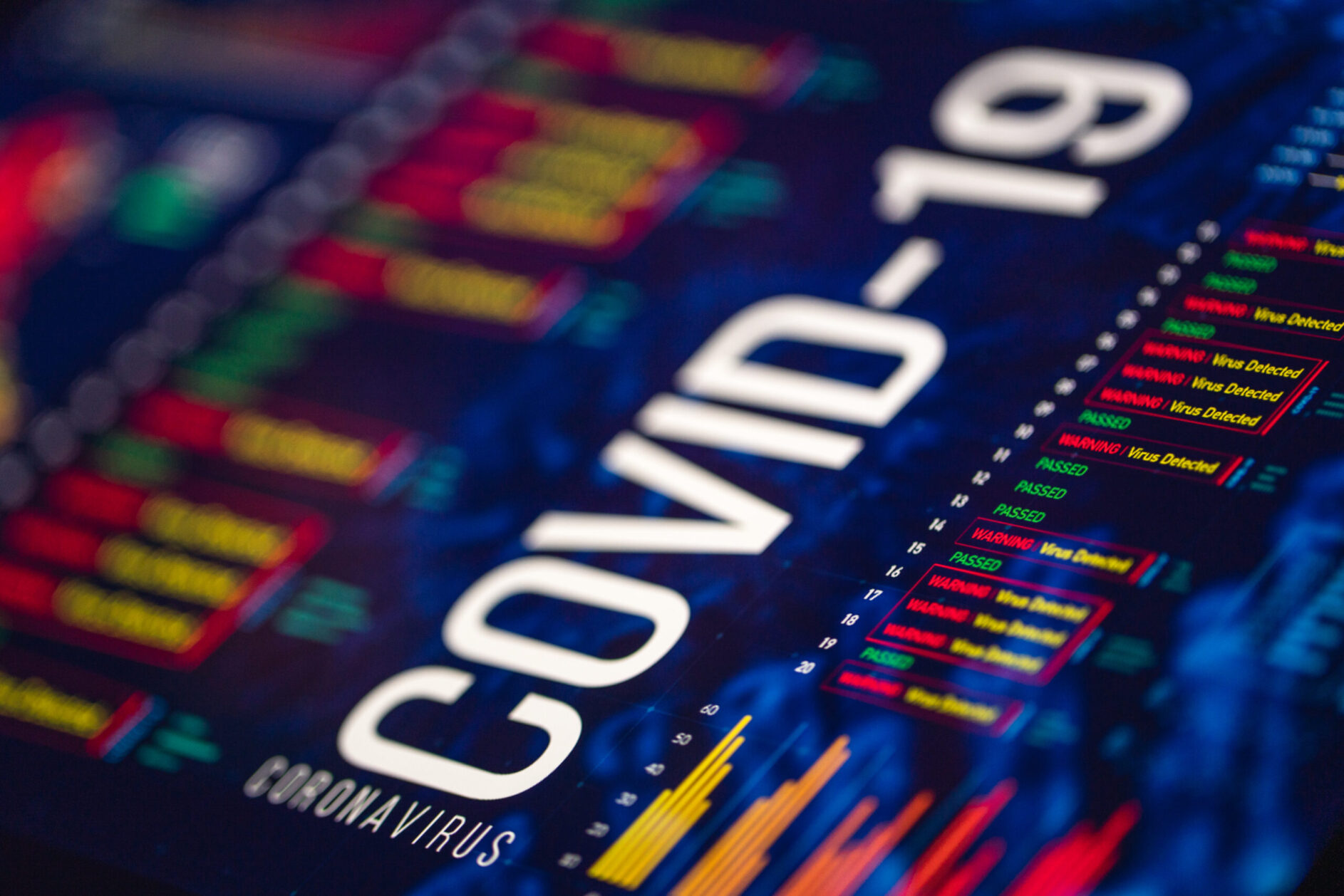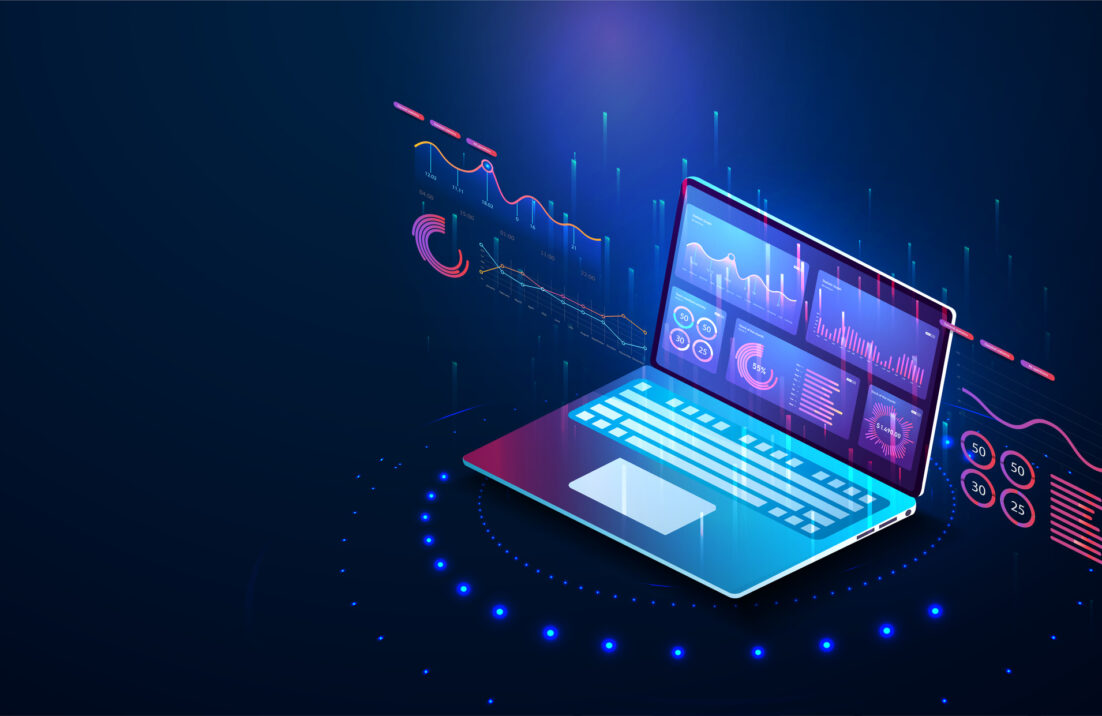 While the world continues its fight against COVID-19, data is becoming one of the most prominent weapons for humans. Whether tracking an outbreak, detecting the virus on a case by case basis, preventing further spread, or eventually eliminating the virus altogether, data is fueling decision making from governing bodies to personal households. As we evolve to deal with the difficult norms of what today brings, the technology community is rising to answer a desperate call to arms. The value of trusted data has never been higher as actions are being taken based purely on statistical models and predictions. The need for collaboration on a global scale is paramount. Being able to rapidly respond to new information is now a matter of life or death. Over the next few weeks I’ll be revisiting and highlighting some of the ways data is being used in the ongoing fight against this historical and scary virus.
While the world continues its fight against COVID-19, data is becoming one of the most prominent weapons for humans. Whether tracking an outbreak, detecting the virus on a case by case basis, preventing further spread, or eventually eliminating the virus altogether, data is fueling decision making from governing bodies to personal households. As we evolve to deal with the difficult norms of what today brings, the technology community is rising to answer a desperate call to arms. The value of trusted data has never been higher as actions are being taken based purely on statistical models and predictions. The need for collaboration on a global scale is paramount. Being able to rapidly respond to new information is now a matter of life or death. Over the next few weeks I’ll be revisiting and highlighting some of the ways data is being used in the ongoing fight against this historical and scary virus.
Detecting and Tracking the Outbreak
Reports of a potential outbreak came out in late 2019, but many were skeptical. Some didn’t trust the results, some needed more information, some didn’t want to believe it, and some simply didn’t think it was possible to come up with a definitive conclusion based on the sheer complexity of connecting different types of data. Companies like BlueDot and Metabiota, as well as a service out of Boston Children’s Hospital called HealthMap were early on in the detection. These organizations are using technology like machine learning and artificial intelligence to detect early signs of infectious epidemics by analyzing health organization statements, commercial flights, livestock health reports, climate data, news reports, social media posts, etc. And the pure amount of data is unfathomable in its scale, bringing together data of different structure (structure and unstructured), type (text and image), rate of change (historical and real-time), and trust (health organization reports versus twitter posts). It is the true definition of a golden AI use case: Simply too much data for a human to wrap their mind around in a timely manner or in any manner for that matter, nevermind analyze and attempt to gain rapid, actionable, and reliable insight.
While it’s more too late now than not, AI is further cementing itself as one of our most capable monitors and defenders of a future virus/disease outbreak. And challenges have come to light with its application to the COVID outbreak. There wasn’t enough data that was shared to provide the level of trust, unbias, and reliability to make swifter and more effective decisions. And while some point the finger at China for not being more forthcoming in their own collected data early on in the outbreak, the underlying truth is this: With trust in data comes trust in outcomes. AI done right is not only about detecting a new outbreak or predicting its spread. It’s about convincing people of its outcomes enough so that the proper action is taken, like putting travel bans put in place, applying social distancing policies, supplying adequate ventilators, and learning where the disease will spread before the government has a chance to react with travel bans, quarantines, etc.
The early virus detectors utilized AI to harness the sheer volume of data. They scraped, cleaned, classified, cleansed, discovered, filtered, and prepared that data to be used by others. Then comes the sharing of the data to other entities for further analysis, whether corroborating the findings or challenging results. This is where data visualization comes in and as more data becomes available, the more impactful data visualization becomes.
Data visualization is more than an art. It’s data storytelling at its finest. And the world has millions of amazing data storytellers who can create quick-to-understand dashboards and visuals to spread their angle or story, whether deceptive or effective. The right visualization/dashboard can have a ripple effect to inspire the next wave of insight through visuals. With COVID-19, trusted data matters and that means ensuring clean and accurate data sets are available to the masses. Helping set the record straight on trusted data visualization continues to come to light through technology vendors that continue to set the mark on data visualization and data storytelling. Companies like Tableau, Looker, QLIK, SAS, and many more are putting their resources to great use in the fight against COVID-19. They’re delivering effective dashboards that can help non-experts understand trends, accurately predict what’s coming next, and inform the masses on the magnitude of the virus and its impact to individuals based on location, gender, age, and many other demographics.
My next blog will hone in on ways AI and analytics are being used to detect the virus in people themselves, from temperature scanning to image detection. Stay socially distant, stay safe, stay healthy, and stay tuned.






